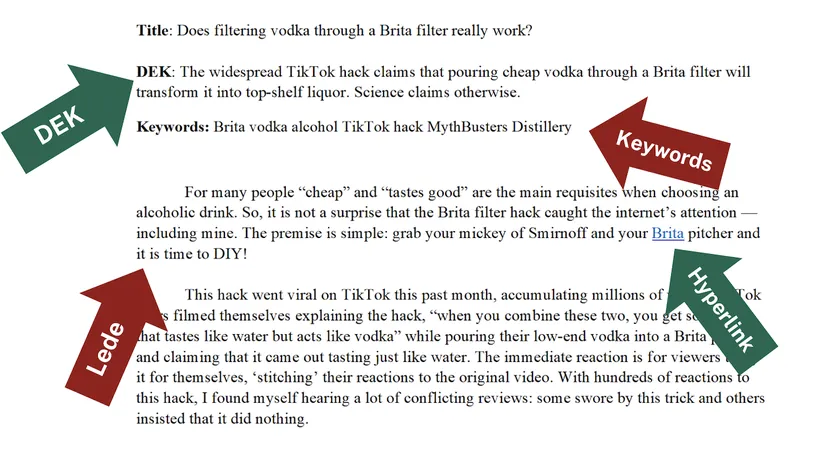
Revolutionizing Drug Discovery: The Impact of Free Energy Methods and Digital Transformation
2025-04-28
Author: William
Unlocking the Secrets of Drug Discovery
Drug discovery has long been regarded as a labyrinth of challenges. The path to developing a successful drug is laden with intricate criteria, merging the realms of chemistry and biology. Historically, refining a promising molecule into a viable clinical candidate felt like a game of chance—hit or miss, with the odds heavily stacked against you.
Game-Changer: Free Energy Perturbation Calculations
Enter Free Energy Perturbation (FEP) calculations—a groundbreaking advancement in the past decade that has transformed the landscape of drug design. These calculations can accurately predict how well a molecule will bind to its target protein, addressing one of the most crucial questions in drug development.
Embraced by major pharmaceutical companies, FEP methods simulate a molecule in two states: bound to a protein and in a water solution. Through complex thermodynamic calculations, researchers can now determine binding constants accurately, dramatically enhancing the drug discovery process.
Overcoming Challenges in Molecular Modeling
Despite their benefits, the application of FEP has faced challenges. Accurately modeling organic molecules swiftly has been a significant hurdle. While quantum mechanics provides precision, it’s often too slow for practical use. Thus, researchers depend on classical methods that require detailed parameterization.
Another major difficulty is sampling. The dynamic nature of molecules in water, combined with protein interactions, adds layers of complexity to accurate predictions. Until recently, rapid and affordable GPU technology allowed these intricate calculations to shift from supercomputers to everyday workstations, expanding accessibility.
A New Era in Drug Discovery Efficiency
The last few years have marked the democratization of free energy calculations within the pharmaceutical realm, sparking a surge in their application in drug discovery. While computational methods can't entirely replace experimental validation—especially regarding drug likeness and metabolism—they dramatically streamline the optimization process. With precise predictions about which modifications might impact binding, researchers can efficiently refine high-potential candidates and eliminate less viable options early on.
The Industrialization of Drug Discovery
Advances in computing technology have catalyzed a shift from meticulous, handcrafted synthesis to a more industrialized approach. By leveraging combinatorial chemistry effectively, researchers can quickly create and assess vast libraries of molecules, homing in on the nuggets of chemistry that exhibit promising efficacy.
Synergy Between Free Energy Methods and AI
One of the most exciting potential applications of free energy methods lies in their collaboration with artificial intelligence (AI). AI-driven generative chemistry could revolutionize the design process, enabling the creation of superior drug-like molecules. However, current AI models still grapple with accuracy, often requiring validation through traditional methods, such as absolute binding free energy calculations.
Streamlining Software for Enhanced Usability
The success of free energy methods is also tied to user-friendly software. As the field modernizes, the expectation is clear: every candidate for synthesis must undergo prior free energy review. Advanced software like Cresset's Flare™ automates many processes and alerts users to potential pitfalls, ensuring precision even for less experienced chemists.
Looking to the Future: Expanding Horizons in Drug Discovery
With free energy methods becoming mainstream in pharma and biotech sectors, researchers are pushing the boundaries of what’s possible. The focus now lies in developing powerful yet accessible software that can seamlessly integrate with cloud computing resources, further driving innovation in the quest for the next breakthrough drug.









 Brasil (PT)
Brasil (PT)
 Canada (EN)
Canada (EN)
 Chile (ES)
Chile (ES)
 Česko (CS)
Česko (CS)
 대한민국 (KO)
대한민국 (KO)
 España (ES)
España (ES)
 France (FR)
France (FR)
 Hong Kong (EN)
Hong Kong (EN)
 Italia (IT)
Italia (IT)
 日本 (JA)
日本 (JA)
 Magyarország (HU)
Magyarország (HU)
 Norge (NO)
Norge (NO)
 Polska (PL)
Polska (PL)
 Schweiz (DE)
Schweiz (DE)
 Singapore (EN)
Singapore (EN)
 Sverige (SV)
Sverige (SV)
 Suomi (FI)
Suomi (FI)
 Türkiye (TR)
Türkiye (TR)
 الإمارات العربية المتحدة (AR)
الإمارات العربية المتحدة (AR)